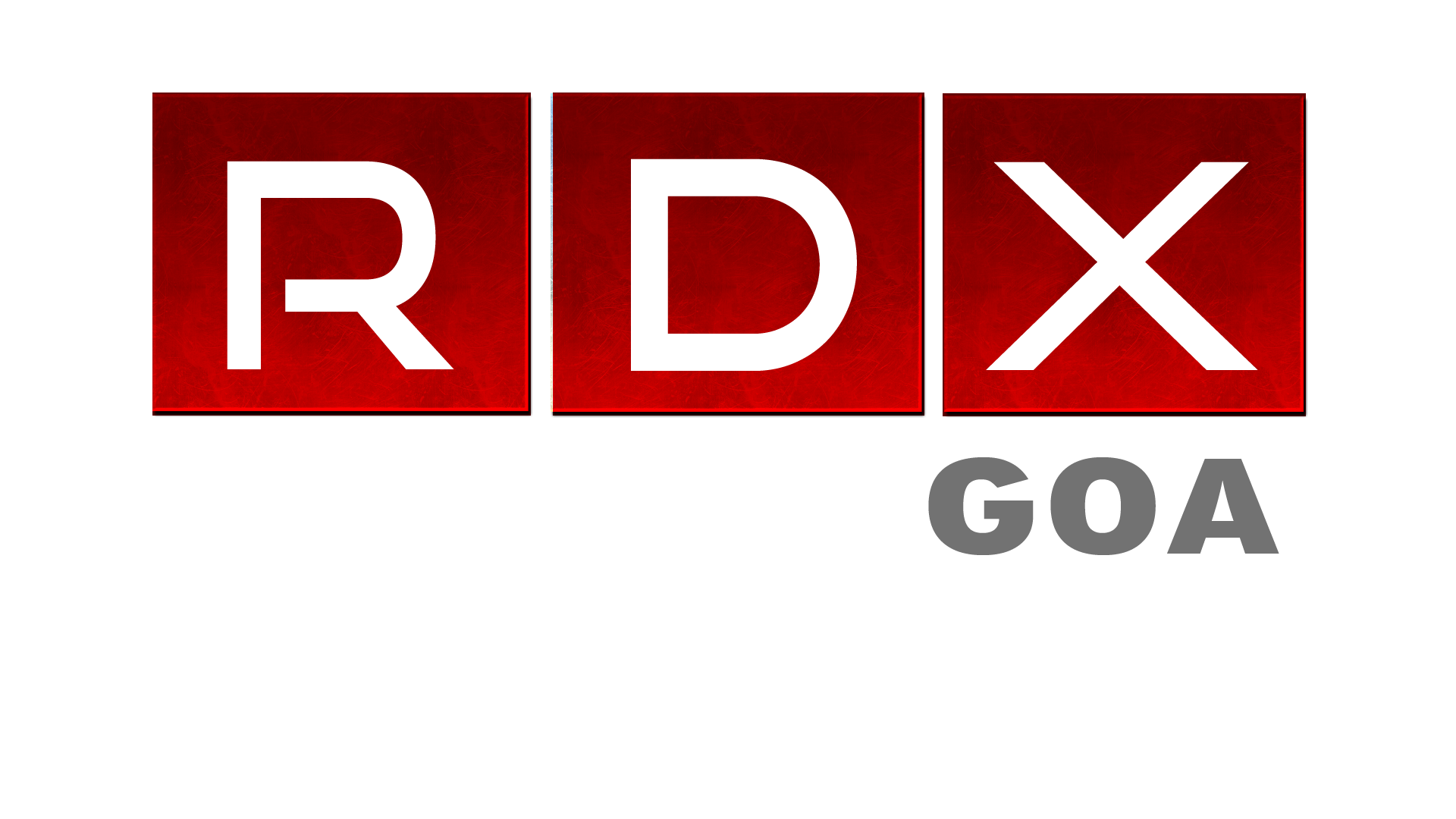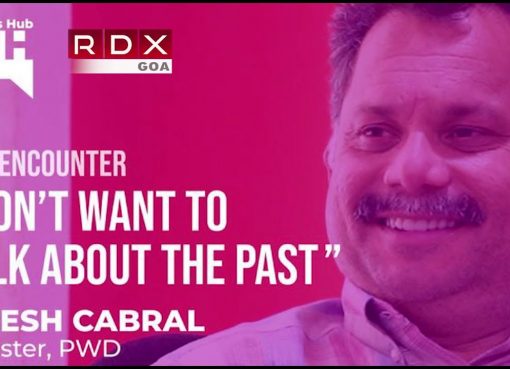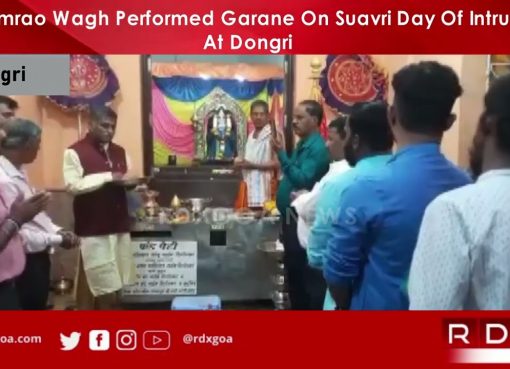My home in the hills is situated in a small quaint village of about forty families. Four years ago, on my way to my home in the hills, I drove past a small primary school, that appeared neglected and in dire need for repairs and maintenance.
With an urge to do something about it, I met the village Sarpanch and we began the project by addressing the repairs and building the school infrastructure.
The families in the village consists of semi skilled workers like painters, gardeners and household workers, primarily serving the getaway homes in that idyllic setting.
Once the budgets were drawn, I made a condition; the raw materials would be sponsored but the labour required, would have to be drawn from the community, this I realized had basis, in the Gandhian principle of “Shram Daan” (the offering of service).
The school would be painted by painters from the village, the teachers and students would decorate the walls, the plumbers, the gardeners would give two hours after their work day and help out. After all, their own children studied in the school and it thus became a community project.
Then we proceeded to check out the various government schemes that we could benefit from. Interestingly, we were able to source materials through these avenues and to our immense satisfaction, we had a happy and beautiful looking primary school in our village!
This year, on the occasion of their flag hoisting ceremony, I met the newly appointed principal, who had managed to install a large-screen television with internet to beam educational and informative programmes to the children.
Taking the Shram Daan concept further, we are planning to request professionals from various fields to offer time at their convenience to visit the school or interact online. This would empower the community with more knowledge, ideas and solutions.
We then decided to look at the requirements of the community and have decided to start a vocational training center for the youth, in the premises after school hours.
The large television screen with internet in a village community center like in Gherawadi, thus opened the gateway to knowledge and communication. With the increase in hand held phones, that are powered with likes of Google, the world’s knowledge on almost anything is at one’s fingertip.
Online platforms and social media are the kind of empowerments that are enabling to intelligently plug into the global markets.
Let’s rethink of villages as small and vibrant human settlements, Digital settlement in a Global Village. A community that is self-reliant, tech savvy and seeped in its own culture.
Reaching out to the world for contribution instead of sustenance.The dream may seem large but the path is already paved. India is going digital.
Time is ripe to realise Gandhi’s dream of ‘Grama swawalamban’ – village of self-reliance, to become a reality.The digital and newly emerging exponential technologies, infrastructure and government schemes support promote decentralisation as well as democratisation.
A robust cottage industry seems to be gaining momentum, design schools like NIFT, are doing amazing research work and design interventions in the crafts and making the community relevant to National and global markets.
Handicraft and textiles government policies are helping in the overall health of the cottage industries. Is it a time for ‘reverse migration? Even though geographically India is largely rural in landscape, population disparity is shocking. 27 % of population inhabits 3% of urban land Rest of the population inhabits 97% of land. Most that have migrated to the metros, for want of a better life, reside in very little spaces and illegal housing, result are slums. Slums by definition have inhuman living conditions.
Slums are often incubators of diseases that drain the it’s population of dignity and health.
Further, most of the village migrants are males and leave their families to come to cities to provide a better life for their own families. The irony is that in doing so they are isolated from their families for long periods of time which by itself is a source of disenchantment.
But India is a large and diverse country, speaking of the state of Goa, the richest state in India, it seems to be perfect for piloting this vision. The state already is extending the Digital India vision, by taking initiatives to collaborate with various agencies to promote digital literacy and drive digital transformation across the State. To create a curriculum in consultation with experts and initiate initiated teacher trainings would go a long way. Skill development to empower not service is crucial to inculcate.
One realises that Gandhi’s concepts and vision at so many levels are relevant and applicable even more so today, than ever before.
Gandhi is often debated was he a philosopher or a politician. But to me, I see him as a seeker. A seeker of truth, with a wise heart full of empathy and love. A scientist, who experimented with theories, values, problems and with life itself. His experiments with truth and living his concepts became fundamental living blocks that are universal.
#gandhiji #gramswalabhan #Shramdaan #digitalindia #goa #rdxgoa #sonalmotla
About The Columnist:

Sonal Motla, curator Kala Ghoda 2020 with development and art as a theme and is currently working towards the issues on education on art, craft and design with a few educational institutions.






